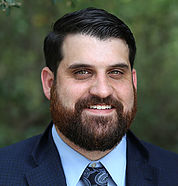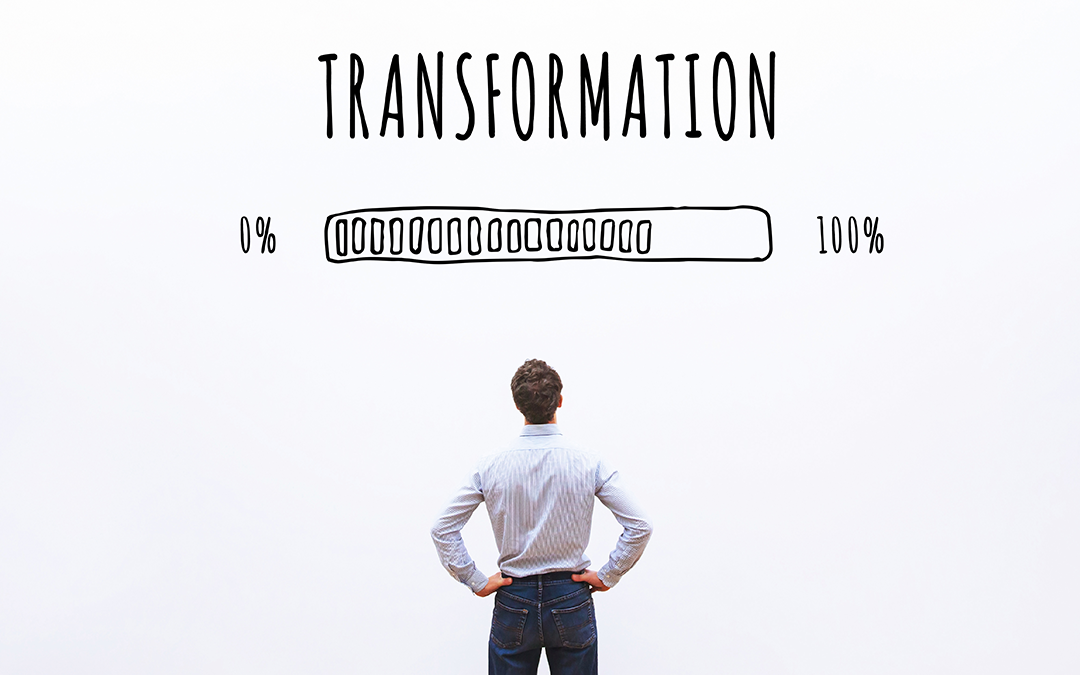The following editorial was originally published in the spring 2020 issue of TASA’s INSIGHT professional journal.
Nearly 14 years ago, at the height of another economic downturn and social panic, 35 Texas public school superintendents, with help from TASA, joined together to create a new vision for public education in Texas. Meeting as the Public Education Visioning Institute for two years, they produced a compelling educational treatise that would eventually be known simply as the Visioning Document.
The Visioning Document – formally entitled “Creating a New Vision for Public Education in Texas: A Work in Progress for Conversation and Further Development” (2008) — challenges public school educators and state legislators to prepare students for a new paradigm in public education, one that adequately engages the digital era through new learning standards, new assessment procedures, and new accountability models.
Although the Visioning Document’s principles can be seen in community-based accountability systems (CBAS) in place in a number of Texas school districts today and embedded in other TASA initiatives, the very essence of the document has never really taken root within the broader landscape of Texas public education. It has taken hold in pockets, transforming the hearts and the minds of its progenitors and promulgators, but it has not revolutionized statewide educational infrastructure. That may be changing.
A Viral Impetus
As I sit here quarantined, watching the world of public education get turned upside down by a novel virus, I cannot help but believe that there is a silver lining. The COVID-19 pandemic will inevitably have a lasting impact on public education — but I personally do not believe all of its consequences related to public education, intended or unintended, will be injurious. For wherever there is crisis, there is also opportunity.
As districts across the state race to develop remote learning programs, I keep asking myself one question: “Has the COVID-19 pandemic created a climate in which public education has no choice but to finally fully embrace the principles of the Visioning Document?” I think so.
I cannot help but believe that a single virus has jettisoned our old educational practices into an uncomfortable future: It has forced educators to embrace digital learning tools; it has encouraged our state to recognize the pitfalls of selecting one subjective calendar day for testing; and it has challenged the public to recognize that our A-F school accountability system does not account for unpredictable sociological variables (such as crises on microcosmic or macrocosmic levels).
Now, do not get me wrong here — I am not saying that I am thankful for a pandemic. I am not thankful that thousands of people are dying. I am not thankful that face masks and body bags keep flashing on my social media feeds. I am not thankful that my mother is forced into an unhealthy labor environment as an “essential worker” for a government factory.
I do not find any satisfaction in all of this pervasive fear. I, too, fear for my family. I, too, fear for my colleagues. I, too, fear for myself, with my preexisting medical conditions. I fear for the educators, the first responders, the essential and non-essential workers of the world. Hell, I fear for the entire world.
But I do not fear for the future of public education. We will endure this crisis, just like any other. I do not fear for the future of public education because I see the principles of the Visioning Document being realized in the direst conditions.
Necessity Breeds Innovation
Local autonomy has flourished in the wake of delayed federal and state responses. Without any blueprint for responding to this kind of crisis, superintendents across the state have had to create their own. They have had to rally their teachers and staff members to reinvent instruction in an extremely short time and with some major barriers. And they have had to do it without significant state intervention.
Educators are finding a pathway forward. They have been put into an environment in which they have no choice but to employ digital solutions. Socratic seminars and online projects are being carried out virtually throughout the state. Principals and teachers are learning how to implement district-wide Zoom meetings. Special education departments continue to facilitate ARD meetings in an online environment.
The temporary halting of STAAR is a victory for student learning. But educators must go beyond celebrating that and use this time to experiment with new, more holistic ways to assess student learning in a digital environment. Then there’s accountability itself; it seems to have taken on new form in this crisis. “To whom and for what are schools accountable?”
In this moment of global crisis, it is quite easy to answer that question. We are accountable to our students, our staff, and our communities at large. We are not accountable to state testing — at least in this moment. We have a responsibility to keep students physically and emotionally safe. We also have a responsibility to ensure student learning is not compromised just because we no longer educate within our traditional brick-and-mortar environments.
How powerful would it be if we could prove to the state that educators’ efforts have led to increases in student literacy? How powerful would it be to record a virtual classroom discussion on Zoom and count it as evidence of student learning? The opportunities are limitless, in spite of all the barriers. With the shackles of state testing no longer restricting us, it is time to pilot, experiment, and scale new ideas at a rapid rate before it is too late.
As far as our organizations, old educational hierarchies have been fragmented by social distancing. Yet the world continues to turn and districts continue to function in a digital environment. Superintendents continue to communicate with their stakeholders. Campus departments continue to brainstorm best practices.
The COVID-19 pandemic has, at the very least, helped us create new organizational structures, new workflows, and new options for workplace flexibility. This, again, is not a bad thing. In fact, the Visioning Document has advocated for organizational transformation for over a decade. Maybe it’s finally time to embrace this type of change.
I realize there are problems that we will still have to address — socioeconomic inequities, for example, will not allow all Texas students to learn in a digital environment at this moment. But these socioeconomic challenges exist with or without COVID-19, with or without the STAAR. In fact, these issues are perpetuated by the STAAR. We cannot let them prevent us from making timely changes. I am confident that we will continue to work to resolve socioeconomic inequities on a broader scale, together, as citizens and educators, well after the COVID-19 pandemic ends.
A Time for True Transformation
What is important now is that we use this time to reimagine the future of public education. I am not suggesting educators should put on their rose-colored glasses; I am not asking that we blind ourselves with irrational ideals. But I cannot help but believe that this might be the perfect moment to push for a new vision. I cannot help but believe we may finally be able to leverage this moment to put the Vision into practice, once and for all. It would be a shame that it took a pandemic for the state to realize that 35 bold superintendents were onto something 14 years ago — but at least their vision would be realized.
 David DeMarkis, Ed.D. is a recent graduate of the K-12 Educational Leadership program at Baylor University. The former public school administrator holds a master’s in Learning, Diversity, and Urban Studies from Vanderbilt University, a master’s in History from Marquette University, and a bachelor’s degree in History and Religion from Middlebury College. In addition to working as a freelance curriculum writer, DeMarkis has interned with the staff of TASA for the past two years.
David DeMarkis, Ed.D. is a recent graduate of the K-12 Educational Leadership program at Baylor University. The former public school administrator holds a master’s in Learning, Diversity, and Urban Studies from Vanderbilt University, a master’s in History from Marquette University, and a bachelor’s degree in History and Religion from Middlebury College. In addition to working as a freelance curriculum writer, DeMarkis has interned with the staff of TASA for the past two years.
